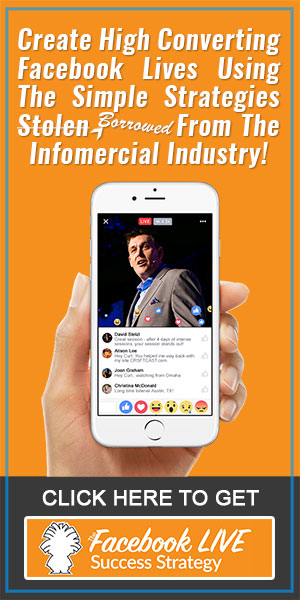Earlier in the year Facebook updated their conversion pixel to offer businesses more flexibility in setting up custom audiences and measuring conversions via their ads.
If you’re still using their old pixel (which will be discontinued in the second half of 2016), in today’s article I’ll cover everything you need to know to get yourself acquainted with their new pixel.
What’s new?
First off, each Facebook adversting account can only have one pixel linked to it. However, you can use the same pixel code on more than one website and monitor conversions and audiences separately.
With the old pixel you could share your Ads Manager with other team members, with the new pixel you can only do so using the Business Manager. Every new pixel can have a maximum of 20 custom conversion which you cannot delete once created (but you can modify), and lets you create an unlimited amount of standard events (both discussed later).
What I like most about the new Facebook pixel is that it’s 3x faster to load than the old one, speeding your website’s load time and on-page SEO efforts.
How to setup your new Facebook pixel
You can find your new Facebook pixel in the Adverts Manager, simply login and head to Tools and then click Pixels:
Once you’re on the Facebook Pixel dashboard, head to Actions and then click View Pixel Code:
A dynamic pop-up box will appear showing your pixel, simply copy the code presented, go to your website and paste the code between your head tags on your website:
Make sure you place it in the header or main template and not a unique blog post or page, this will ensure the pixel is tracking every page of your website. Once you’ve done that, give it a few hours and head back to the Pixel dashboard, if your Total Traffic graph is recording traffic from your website, you’ve setup your new Facebook pixel correctly:
 Having problems installing your new Facebook pixel? Download the Facebook Pixel Helper by clicking here (works on Google Chrome only).
Having problems installing your new Facebook pixel? Download the Facebook Pixel Helper by clicking here (works on Google Chrome only).
How to setup custom conversions
After installing your new pixel, your next step is to create a custom conversion to track all your Facebook ads. To setup custom conversions head to the Ads Manager and click Tools and then Custom Conversions:
On the Custom Conversions dashboard click Create Custom Conversion and you’ll be presented with a new pop-up form. You’ll be asked to enter:
Rule – this is an action that once triggered, is counted as a conversion. This can be a visitor landing on a specific page (thank you page, order confirmation page), or it can be an event such as a visitor staying on your website for longer than 1 minute.
Category – is a label that best matches your goal.
Once you’ve selected your settings, click the Next button. You’ll now be asked to name you custom conversion and to place a conversion value if applicable:
Remember, you can only create a maximum of 20 custom conversions.
Standard event method
Perhaps you run a lot of ads and need to measure more than 20 conversions, then what? Facebook’s standard event method is another way you can track ads and isn’t limited to 20 unique conversions.
To create an standard event you must add a new piece of code to the page you want to track. There are 9 different standard events you can track, they are:
Pick the website action you want to track and then add the standard event code within your Facebook pixel, and place it only on the webpage you want to track as shown in the picture below:
Source: Facebook
How to track your pixels
Once you’ve got everything up and running, you’ll want to see how your ads are performing. Head to the Ads Manager dashboard and find the Columns: button and select Customise Columns:
A pop-up form will appear and on the right hand side click Websites, on the main pop-up form you should see all your newly created custom conversions. Simply select the conversion you want to track, tick the box and click the Apply button:

Adding your new pixel to your ads
Depending on the ad objective selected, you’ll be able to tag your conversion pixel straight away. For example, if you select the increase conversion on your website ad objective, there will be an option to select one of your custom conversions:
Simply tag that to your ad and it will start showing results as soon as the ad goes live.
Summary
If you’re still using the old Facebook pixel, I highly recommended switching to the new one. Along with making your website a lot faster, it’s much easier to track and measure how your ads are performing.
It won’t take more than a few minutes to setup and will allow you to measure ad goals in the future without things getting too messy.
Nick Bridges
Latest posts by Nick Bridges (see all)
- Facebook Releases 8 New Standard Events - November 14, 2018
- Facebook Pixel Changes 2018 - October 11, 2018
- Writing Compelling Ad Headlines that People Will Click - September 12, 2016












